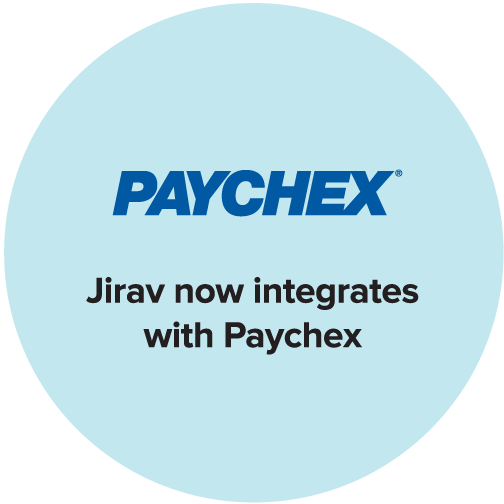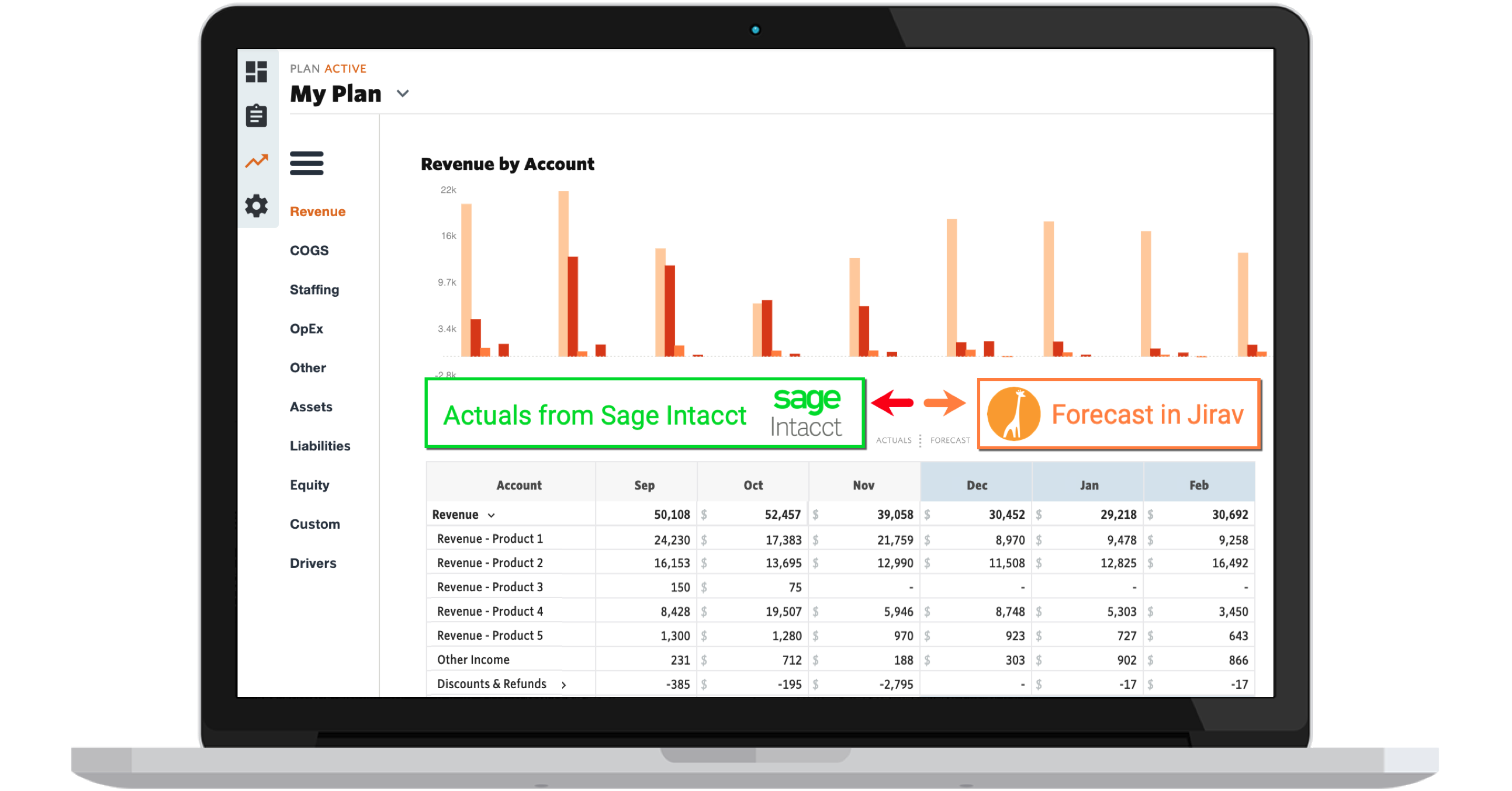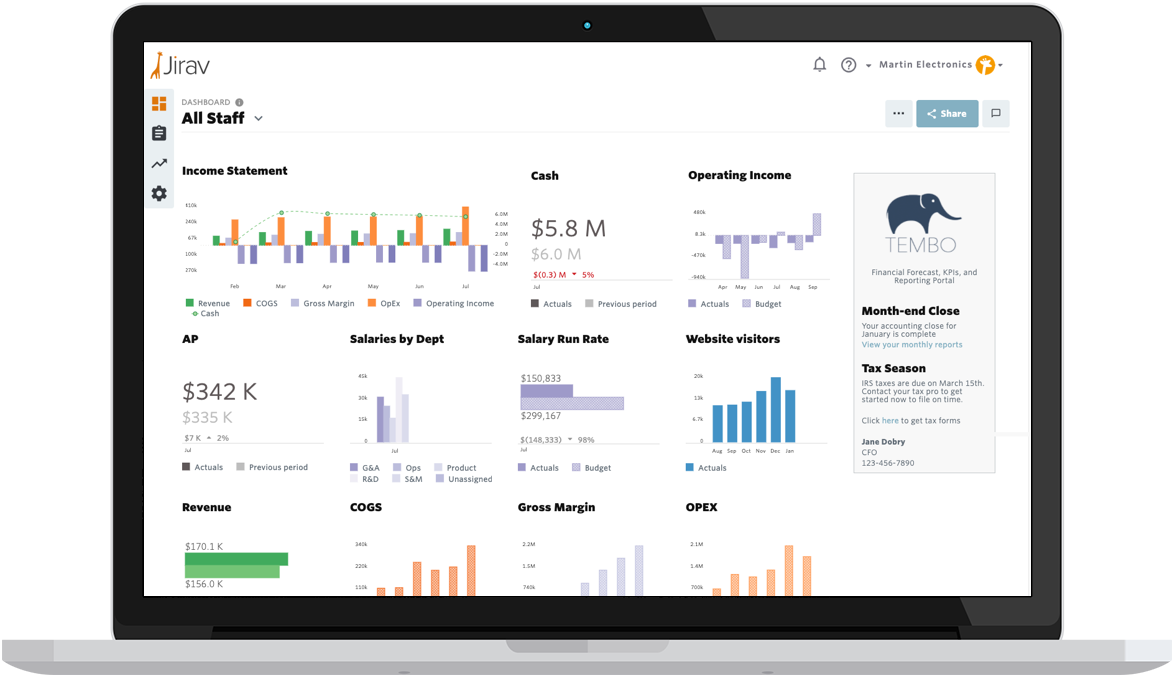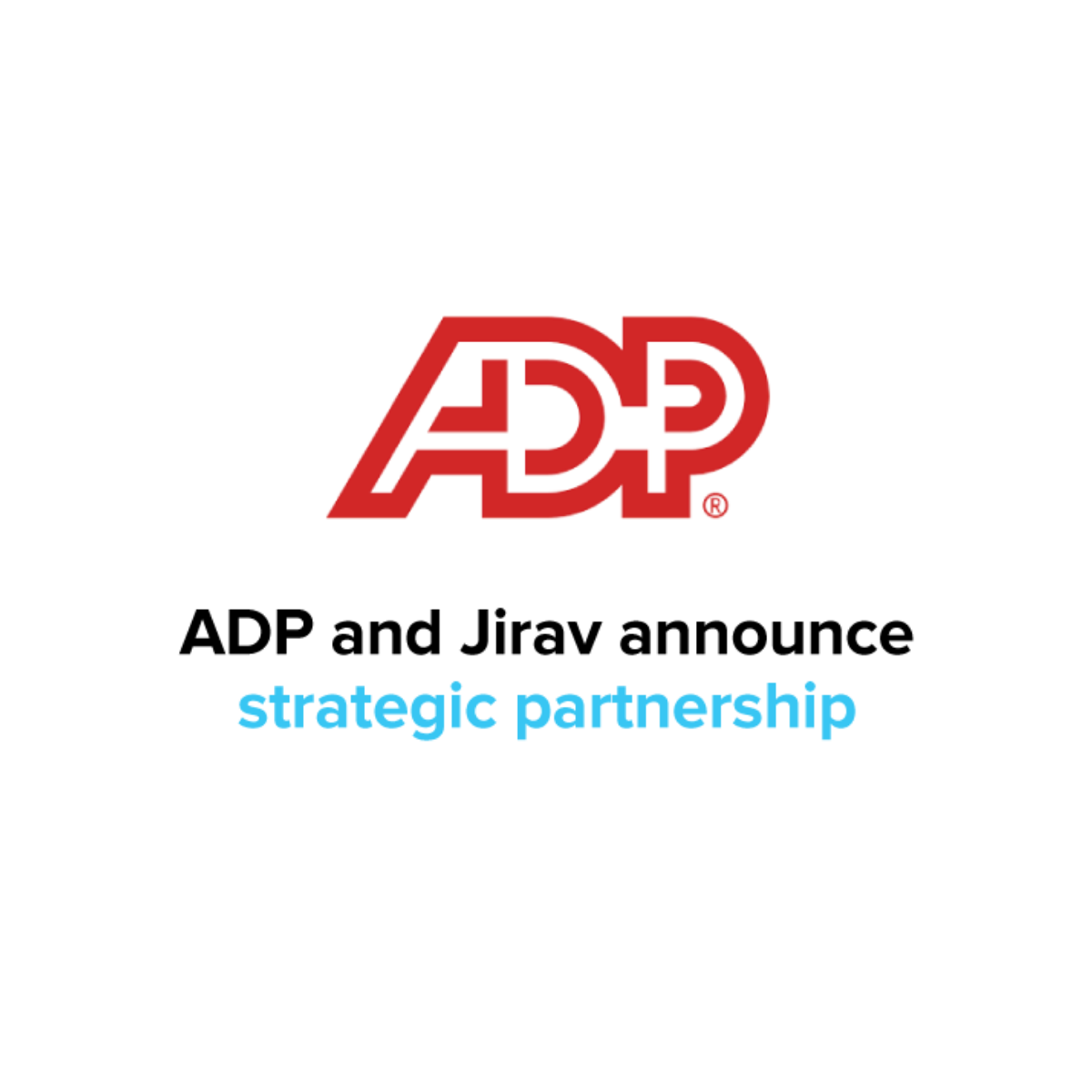In our previous post on leveling-up your FP&A advisory services, we walked through how to structure your meetings to help extract the information you need from your clients to help build the models, plans, and forecasts they need to drive their businesses forward. We explored how we could use the process to help answer the question: "What will my cash situation look like in two years?"
The great part about putting a step-by-step process in place is that it's repeatable. Once you’ve built the original plan for the client, it becomes easier to answer most of the questions they’ll ask (or help pull the answers out of them). With the original model as the starting point, you can build forecasts and make adjustments to find the answers to questions like these, and more:
- How are we going to make more money?
- How am I going to deal with inflation?
- How do I maximize the value of my business?
- When will we hit profitability?
You can use the 5-step process to answer just about any question your clients may bring to your advisory sessions.
Expanding to other common FP&A reports
In addition to models and forecasts, there are several common “next-level advisory” reports your firm will want to utilize, depending on your clients’ needs. Here are just a few examples, categorized by the areas where they’ll help:
What has happened/history:
- Balance sheet
- Income statement
- Cash flow statement
Dynamic models:
- Sales model
- Workforce plan
- Scenario planning
- Cost models
The plan (models and locked-in assumptions)
- Budget
- Forecast
Ways to address the “cash situation” (how to calculate timelines if all goes according to plan):
- Cash analysis
- Variance analysis
Let’s come back to that original client ask: What will my cash situation look like in two years? This is a perfect example of a scenario in which you could utilize a variance analysis report. This report can be reviewed on a month-by-month basis to show your client how they’re performing against the core KPIs and assumptions that were forecasted in order to hit the cash analysis.
With the variance analysis as part of your toolkit—to show if the client is on track, behind, or exceeding goals—helps to dispel that feeling of needing to have all the answers. Instead, you develop a much more adaptable, real-time relationship with the client so that as things change in their business, the cash analysis and forecast can adapt as well.
Dive deeper into next-level advisory FP&A reports and insights
We recently sat down with Adam Hale and Jake Grimm of Summit CPA Group, as well as Phil Quimby of CPA.com to discuss the journey to CAS 2.0, how to scale your FP&A practice, and specific examples and use cases for FP&A reports. Hale also walks through his five-step advisory process with practical examples of real-life application. You can watch the on-demand webinar here.






.png)





